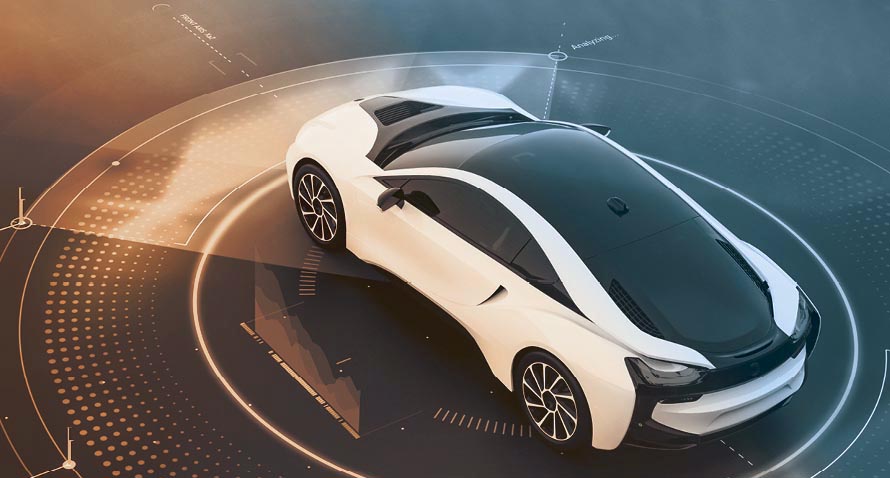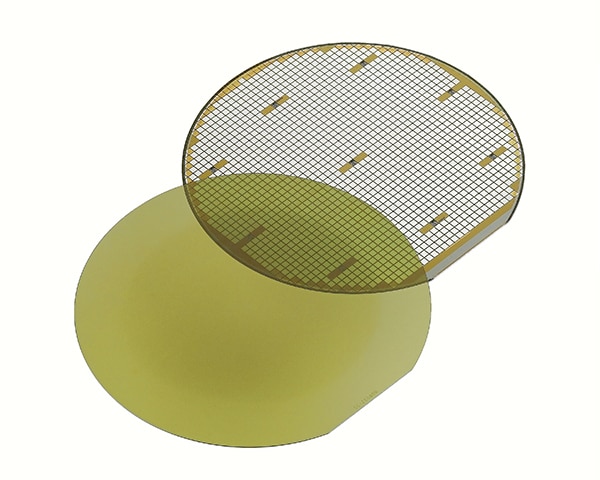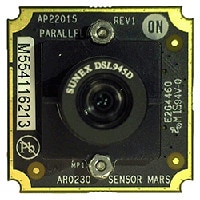As the automotive industry progresses rapidly toward fully autonomous vehicles, the number and varieties of imaging cameras are increasing. Various camera applications include backup, surround view, forward facing Advanced Driver Assistance Systems (ADAS), Camera Mirror Replacement Systems (CMS), and driver monitoring. Amazingly, some vehicles are already being equipped with more than twelve image sensors.
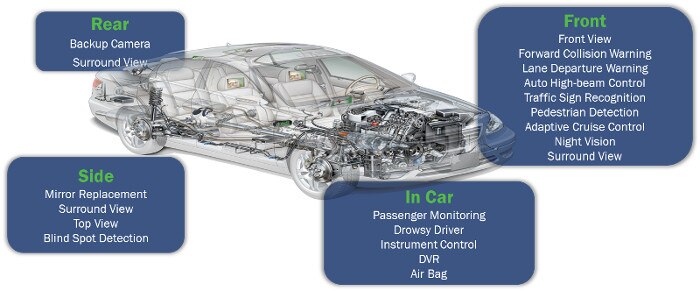
Each individual camera has its own unique features ranging from different resolutions, optical formats, Color Filter Arrays (CFA), lens types, Automotive Safety Integrity Level (ASIL) functions and transmission protocols. Dramatic market growth combined with multiple camera types makes streamlining development imperative.
While the industry in general provides sufficient tools to evaluate cameras in a laboratory setting, it often leaves designers ill-equipped to develop in real-world scenarios. At present, automotive Original Equipment Manufacturers (OEM), Tier 1’s and Tier 2’s, and Independent Software Vendors (ISV) spend tens to hundreds of thousands dollars in the camera design phase. A modular compact development system with the flexibility to adapt to the required application and the ability to easily mount on the vehicle has the potential to dramatically reduce cost, make resources more efficient and improve time-to-market.
Understanding this, ON Semiconductor has created an innovative development tool called the Modular Automotive Reference System (MARS). MARS is capable of mixing and matching the various imaging components and transmission protocols using standard boards and connectors. It consists of set of miniature 25mm2 boards with each board containing one or more of the major imaging components in the system.
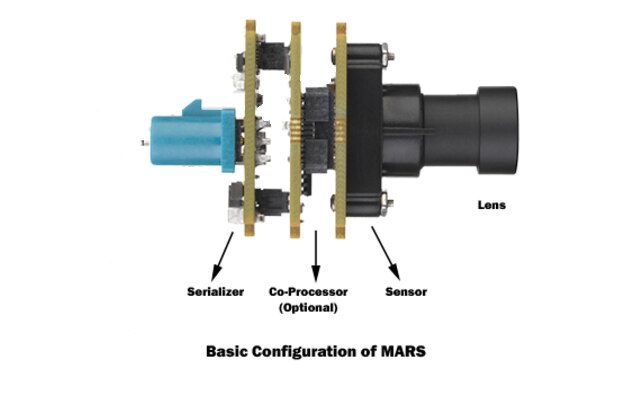
Every single automotive qualified image sensor (or SoC) from ON Semiconductor has a MARS board, meaning that designers can interchange this board nearly seamlessly to test all of our automotive sensor types. All of the boards can be mixed and matched to the automotive imaging system design team’s desire. The component boards have consistent signal/power interconnect definitions to enable users to swap individual boards, creating a wide range of options for experimenting, while eliminate the need for constructing custom boards.
The imaging industry almost universally recognizes ON Semiconductor’s sensor/ISP evaluation tool, called Devware, as best-in-class. Using a matching deserializer, and adapter the designer can use our world-class evaluation tools in the real-world by mounting the miniaturized MARS camera boards to the vehicle. Additionally, if the designer has an existing ECU system they can connect the MARS camera directly. Since MARS uses known vendors and transmission standards, bring-up time for the camera requires little to no effort.
MARS bridges the gap between laboratory and real-world development. It’s a complete development system capable of truly optimizing the automotive camera design.
For more information watch the Introduction to MARS webcast, or configure you camera with the MARS product recommendation tool.
